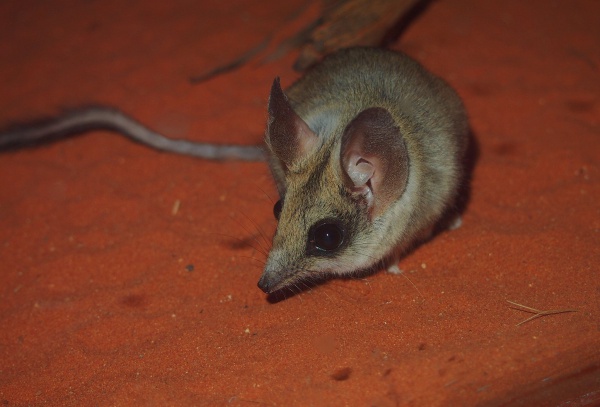Facts About Kultarr
The kultarr is a small, nocturnal marsupial that thrives in Australia's arid interior. Known for its insectivorous diet, this remarkable creature has evolved to endure harsh conditions by entering a state of torpor, which aids in conserving energy. Unfortunately, the kultarr's population has dwindled due to changes in land management and the introduction of new predators following European settlement.
What Does a Kultarr Look Like?
The kultarr is a carnivorous marsupial with distinctive features. It has a long tail that ends in a dark, brush-like tip. At night, it hunts for insects, while during the day, it seeks refuge in burrows or under vegetation. There are two subspecies of kultarr, and although they have minor differences in appearance, they occupy different geographic areas.
Where Can You Find Them?
Kultarrs are scattered across Australia's semi-arid and arid regions, although they have disappeared from some parts of their former range. While some populations are stable, others are in decline. Conservation efforts are currently focused on protecting these existing populations and their habitats.
How Do They Live?
Kultarrs have a varied diet, primarily feasting on insects. They prefer specific habitats and employ torpor to cope with the challenging arid environment. Their breeding, reproduction, and movement patterns can vary between populations.
What Threatens Their Survival?
Several factors threaten the kultarr's survival. Habitat degradation, predation by introduced species like cats and foxes, flooding, fire, and pesticide use all pose significant risks. These threats contribute to declining populations and habitat loss.
How Are They Being Protected?
The kultarr is classified as endangered or near-threatened in some parts of Australia. Conservation efforts include specialized programs to protect the species, control predators, manage habitats, and raise public awareness. Direct management strategies aim to reduce threats and enhance the kultarr's chances of survival. Monitoring and reporting sightings are also crucial components of these conservation efforts.
By focusing on these measures, conservationists hope to ensure a brighter future for the kultarr and help this unique marsupial thrive once again in its natural habitat.
